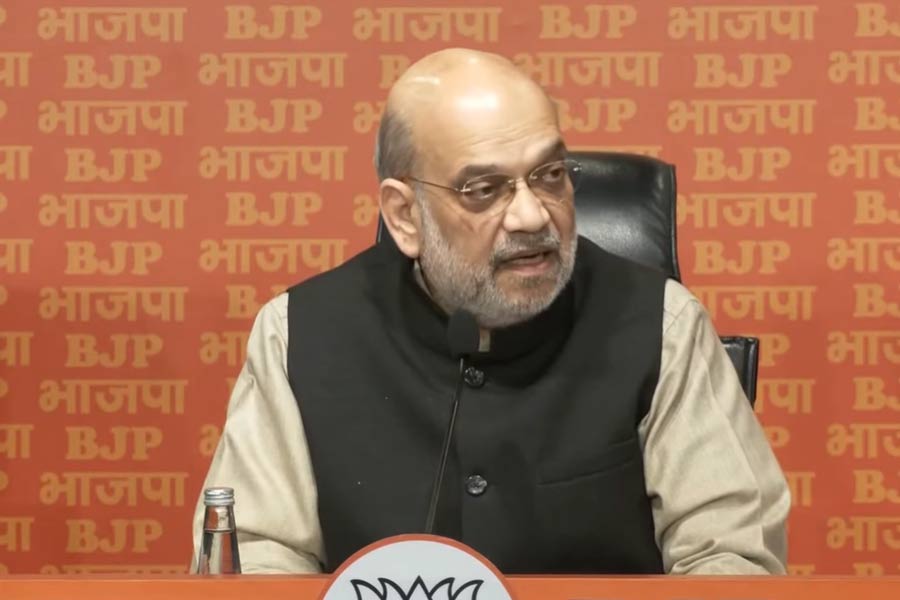India’s count of extremely heavy rainfall events during July this year was more than double that during July five years ago, the India Meteorological Department (IMD) said on Thursday, providing a climatological perspective on the July rain and predicting normal rainfall in August.
Rainfall will be normal or above normal in most parts of the country during August which is also likely to be marked by above-normal maximum temperatures, the
IMD said.
It added that 193 weather recording stations had registered extremely heavy rainfall — defined as more than 204.5mm over a 24-hour period — over the past month, compared with 90 stations in 2020 and 121 stations in 2021. Last year, 205 stations had recorded extremely heavy rain.
The number of stations that have recorded very heavy rainfall (between 115.6mm and 204.5mm) in July has also increased — from 447 stations in 2020, 638 in 2021, 723 in 2022, and 1,113 in 2023 to 1,030 this year. Climate scientists say the observed rise in extreme rainfall events is in line with forecasts of an increase in the frequency of extreme events under global warming. But whether these changes observed over the past five years are part of the trend would require longer observations.
India as a whole has received normal rainfall — 1.8 per cent of the long period average — since the start of the monsoon season on June 1, the IMD said in a presentation. However, there are wide disparities across the regions — central India has received 16 per cent above average, southern peninsula 26 per cent above the average, but the northwest, eastern and northeastern regions have received around 18 per cent below average cumulative rainfall over the past two months.
The IMD had earlier this year predicted that the monsoon over India as a whole through the four-month season would be 106 per cent of the long-period average, defined as above normal. The agency had also predicted a 57 per cent probability that the country’s so-called “monsoon core zone”, which accounts for most of the country’s rainfed areas, would also receive 106 per cent.
The monsoon rain accounts for about 75 per cent of the country’s annual rainfall and is critical for its agriculture, economy, and water resources. Rice, maize, millets, oilseeds, pulses, sugarcane and cotton are among the major crops sown through the season.
The rainfall over India as a whole during July was 9 per cent above the long-period average. Multiple weather conditions, including the temperature ranges of the Pacific Ocean and the Indian Ocean waters and the formation of three low-pressure systems over the seas around India, contributed to the abundant July rain, an IMD official said.
Mumbai, Pune, Surat, Panjim and Kerala are among the sites that experienced extremely heavy rain events last month.











